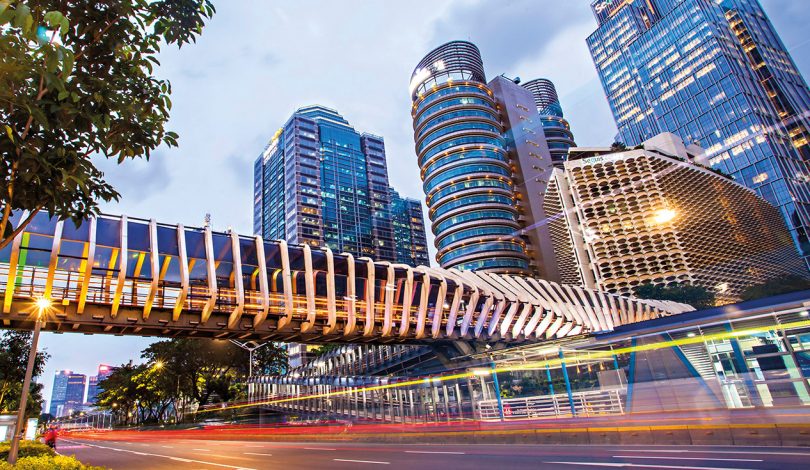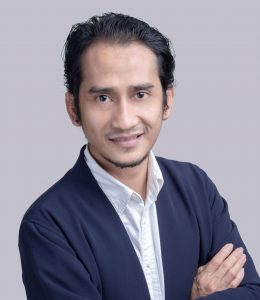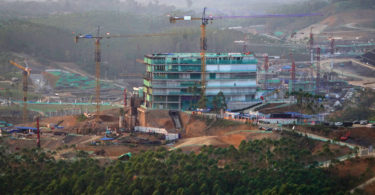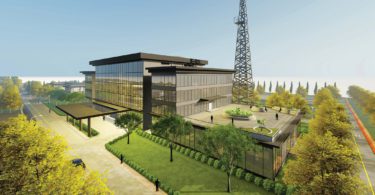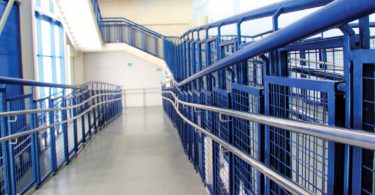Worldwide, more people are currently living in cities and urban areas than in rural areas. Indonesia ranked among the top 10 astest urbanising countries in the world from 1990-2014 and has the second-largest urban population in East Asia after China. The urban population of Indonesia increased at an average rate of 4.1 per cent per year between 2000 and 2010, faster than in any other country in Asia. By 2025, an estimated 68 per cent of Indonesians will live in cities (source: The World Bank, NUDP 2019). This trend is putting some Indonesian cities under tremendous pressure to accommodate the growing population with quality infrastructure, job opportunities, social amenities and a liveable environment.
AN OVERVIEW OF INDONESIAN CITY PLANNING
Traffic congestion and urban slum remain a predominant problem in Indonesia’s major cities such as Jakarta, Bandung, Surabaya and Medan, which have been a common issue also in other Asian developing cities. Other typical issues in Indonesian cities are unorganised development pattern, affordable housing provision, lack of public and open space, income gap that leads to social inequality, environmental and climate change threats such as flooding, land subsidence and rising sea level especially for coastal cities.
However, in recent years there has been some notable improvements in certain aspects such as increased public transport network in Jakarta (MRT, LRT, Busway) with Transit-Oriented Development (TOD) opportunities, Greening initiative in Surabaya, creative economy programming in Bandung and smart city governance in Jakarta, Bandung and Surabaya. Beyond the redevelopment plan and urban renewal programmes in existing cities, recent government efforts in expanding regional infrastructure such as new airports, toll roads, sea ports and railways will trigger the development of new towns or urban areas. If planned and executed appropriately, these opportunities will benefit the surrounding economy and society.
THE NEED TO DEVELOP NEW TOWNS AND URBAN AREAS IN INDONESIA
While some cities growth at certain point will be constrained by land availability and other environmental factors, the city practitioners and stakeholders must also look at the opportunities in developing new towns and urban areas that can provide alternative economic centres and offer more options for liveable places. Strategic areas such as the new corridor along Trans Java or ongoing Trans Sumatra toll roads require a comprehensive planning and careful implementation to avoid unorganised development pattern that will create new issues in regional development.
DODDY DWINANDA
DIRECTOR OF DESIGN, PLANNING & ECONOMICS AT AECOM INDONESIA
He is a master planner and urban designer with architecture background. Doddy has worked in Singapore, London, Hong Kong and Jakarta for multinational firms as well as government agency including consulting for The World Bank. He is passionate and experienced in integrated planning and design for mixed use urban district, exemplary new towns and world class destinations. Now, Doddy is Director of Design, Planning & Economics for AECOM Jakarta office, a global provider of multidisciplinary consultancy.

To read the complete article, register your details above
to be notified once the revamped Construction Plus App is ready!

 Malaysia
Malaysia Hong Kong
Hong Kong Singapore
Singapore Tiếng Việt
Tiếng Việt ประเทศไทย
ประเทศไทย

